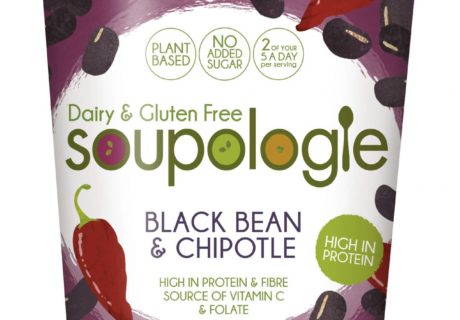The annual European Food Safety Authority (EFSA) report on pesticide residues in food has had an overly positive interpretation by the European body, according to Greenpeace and the Pesticide Action Network (PAN)-Europe.
Of the 84,341 samples of produce from conventional agriculture analysed, 43.9% tested positive for pesticide residues and residues of multiple pesticides were found in all food categories tested and 28% of samples overall. However, EFSA, said the figures for 2015 show that ‘food consumed in the European Union continues to be largely free of pesticide residues or to contain residues that fall within legal limits’.
“In its latest report, EFSA has an overly up-beat interpretation of the data. The fact that so many samples contain more than one pesticide is a cause for concern and an indication that current regulation – based on the control of single pesticides – does not adequately protect people,” says Dr. Paul Johnston, head of the Greenpeace Science Unit. “We are all exposed to a cocktail of pesticides, rather than to single substances, and the toxicology of mixtures remains poorly understood,” he adds.
“When we look at the way EFSA communicates these figures year after year, it gives the impression that their role is to ensure a feeling of protection for European consumers rather than to effectively protect EU citizen’s health,” agrees Hans Muilerman, PAN-Europe’s chemical officer. “10 years ago, the EFSA was requested to assess the risk of exposure to multiple residues of pesticides. Nothing has been implemented up to now, despite the evidence that the current method is not safe.”
EFSA is currently finalising a tool for assessing cumulative exposure to multiple pesticides and a guidance document and public consultation are expected to take place in 2018.
According to PAN-Europe, individual fruit and vegetables may contain much higher amounts. For example, in the case of grapes, pesticides were detected in 77.3% of the samples and 58.3% contained multiple residues and up to 19 pesticides were detected in a single sample from Turkey.
The risks to consumers was greatest from imported foods – 5.6% of which were found to contain pesticide residues above the EU limits, compared to 1.7% of EU-sourced produce. Plus, one third of all the pesticides detected are illegal in the EU. For organic food, 99.3% was free from residues or within legal limits.





